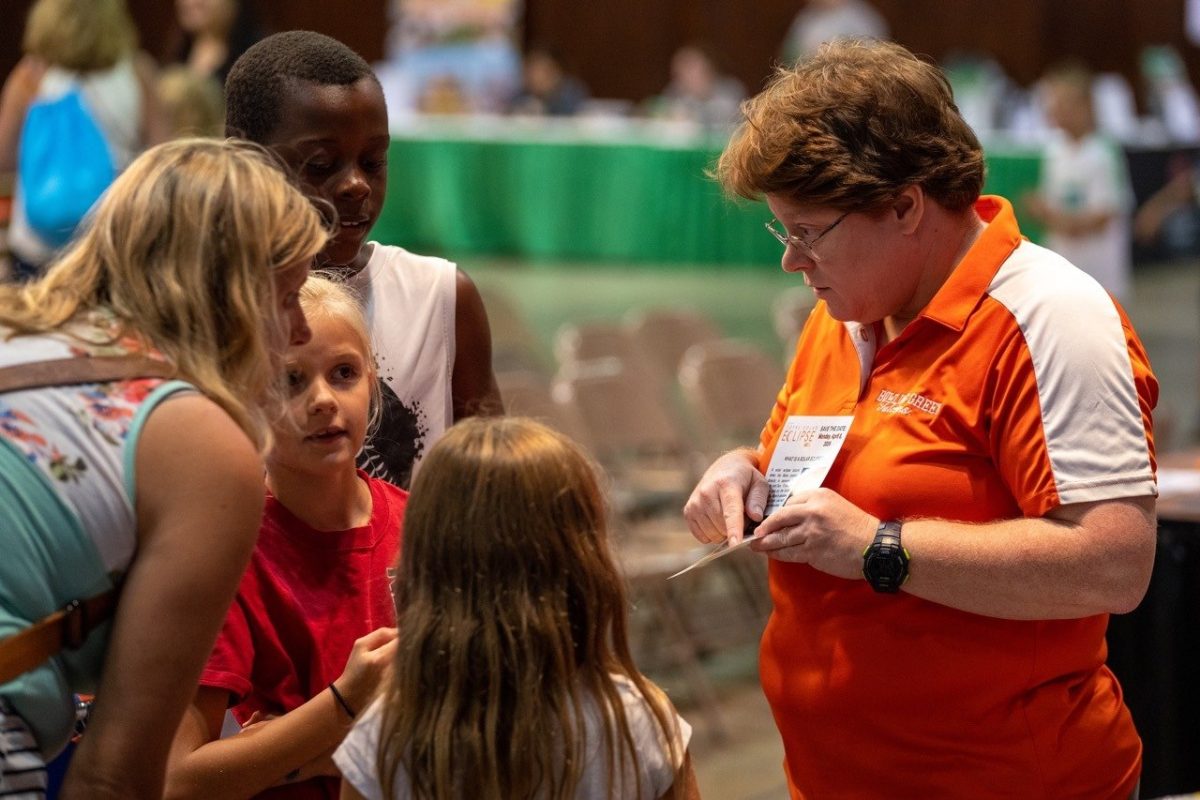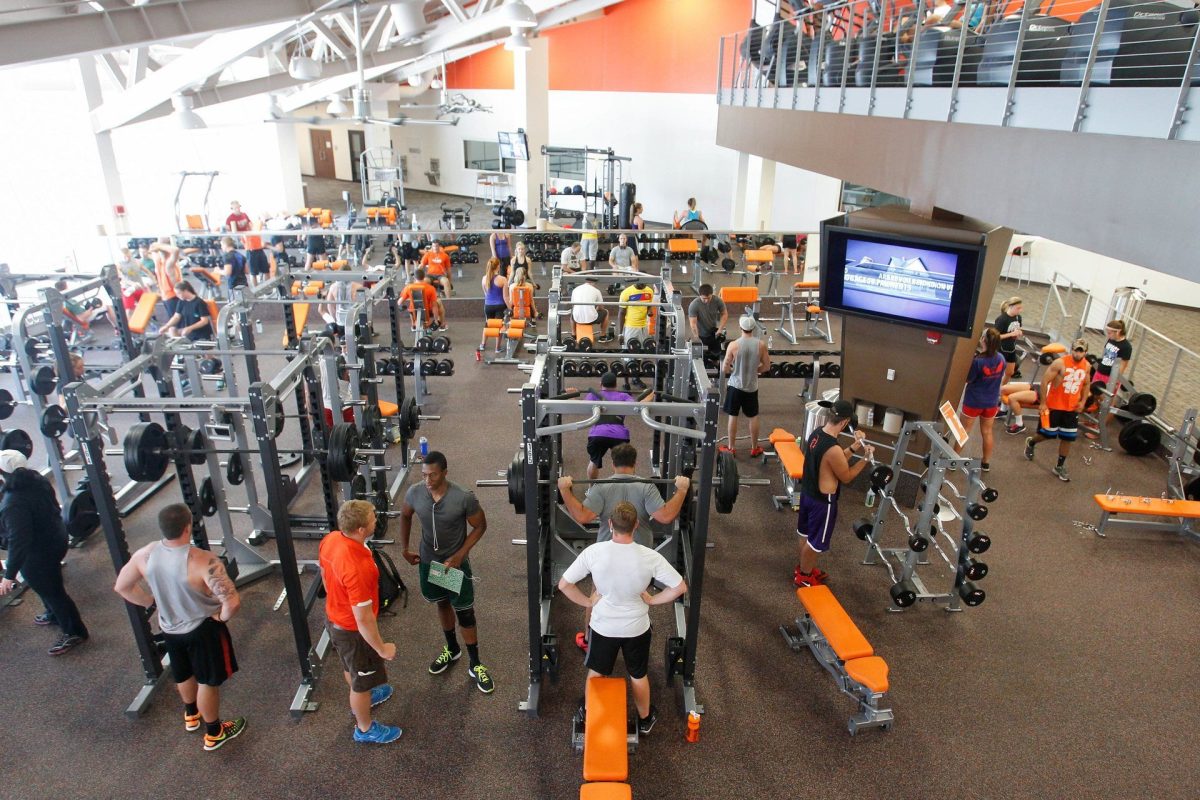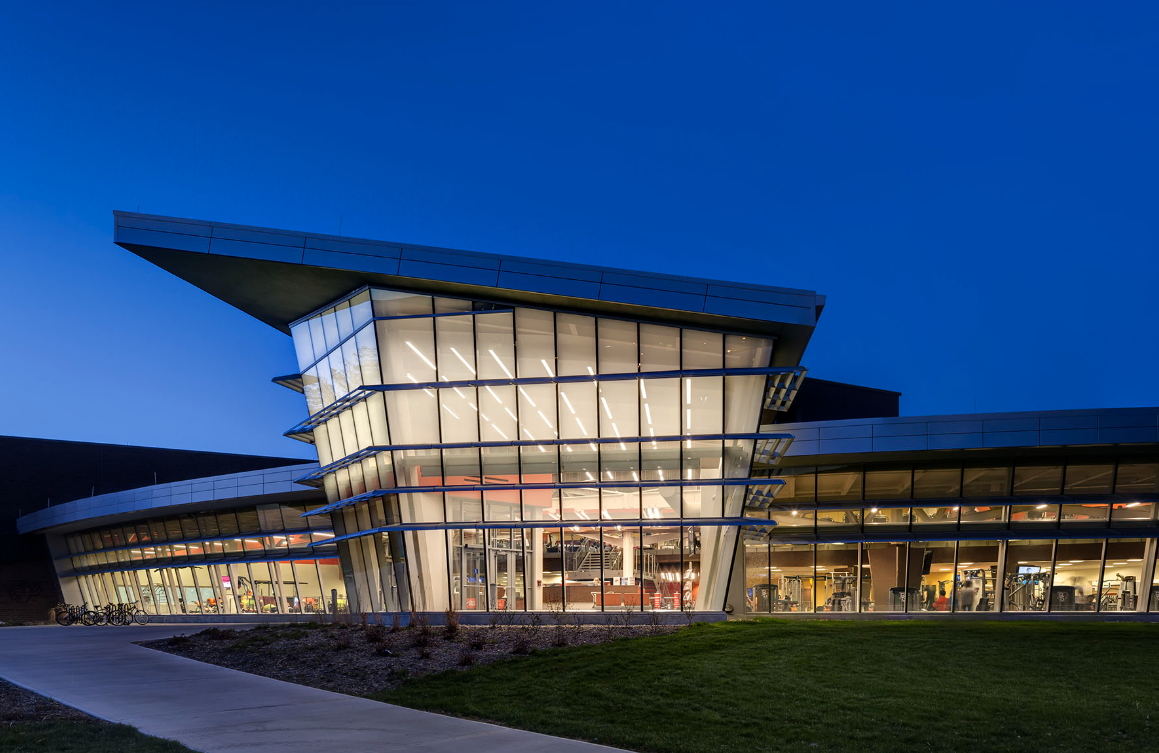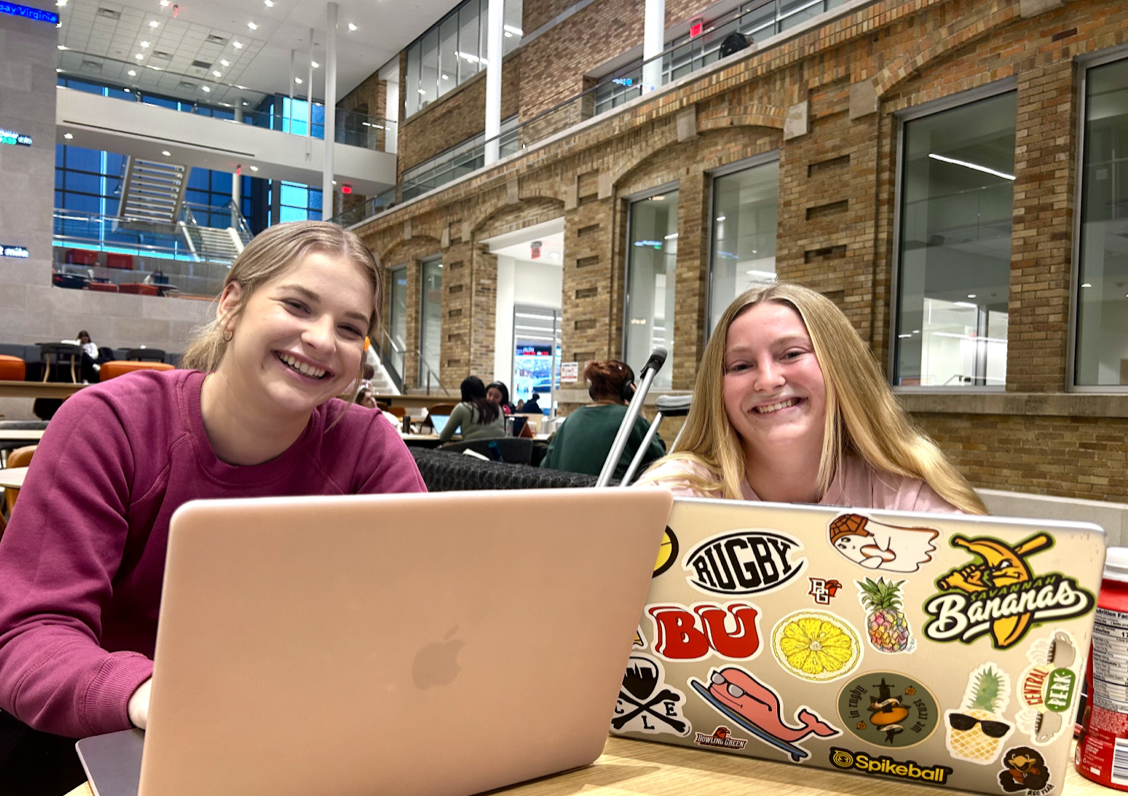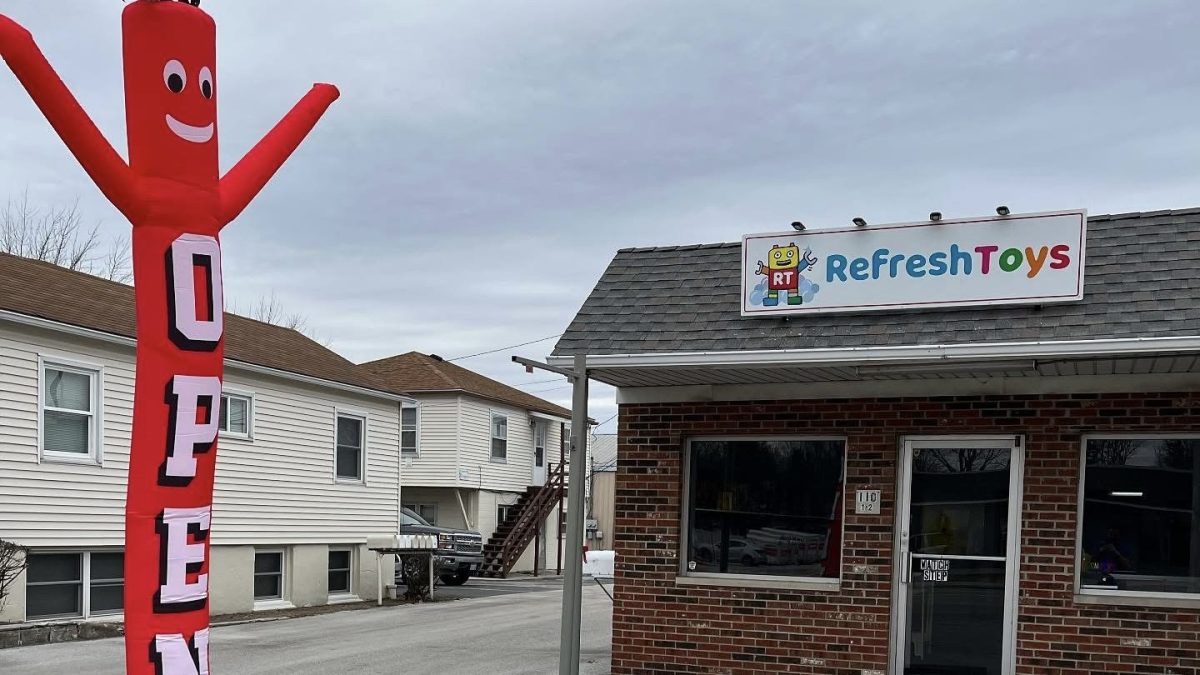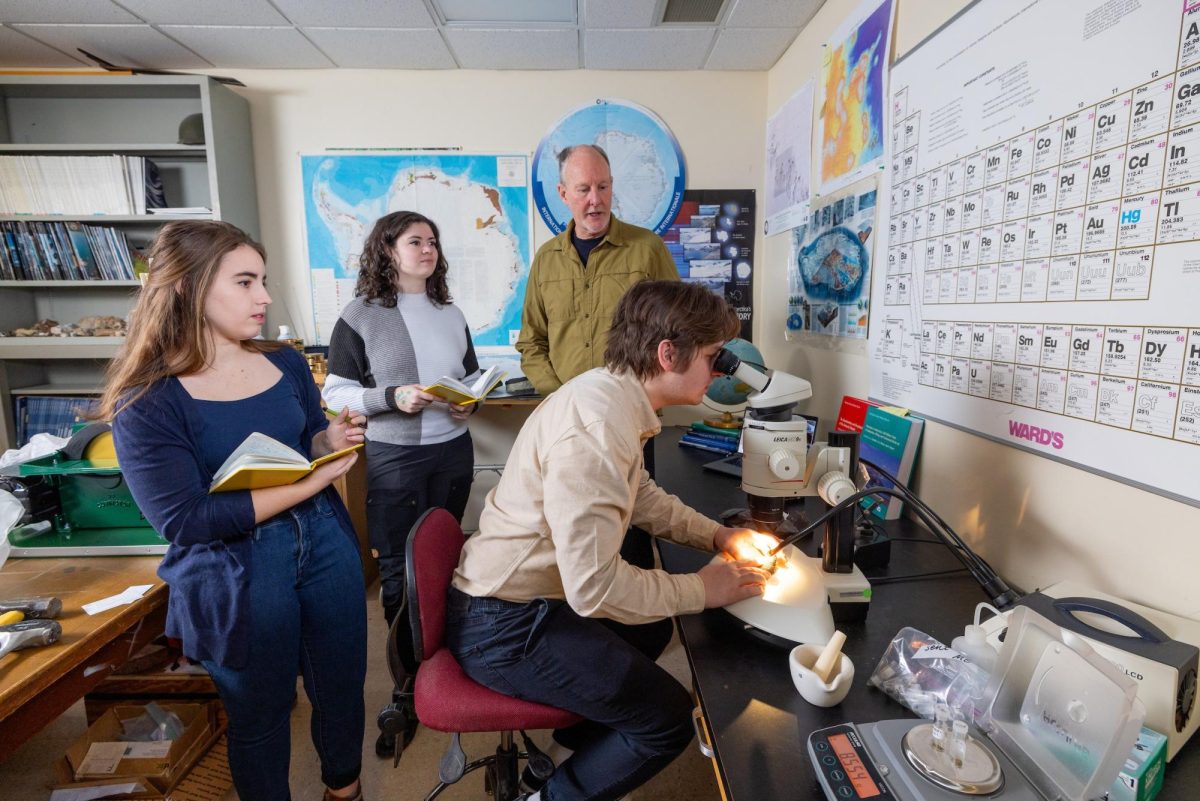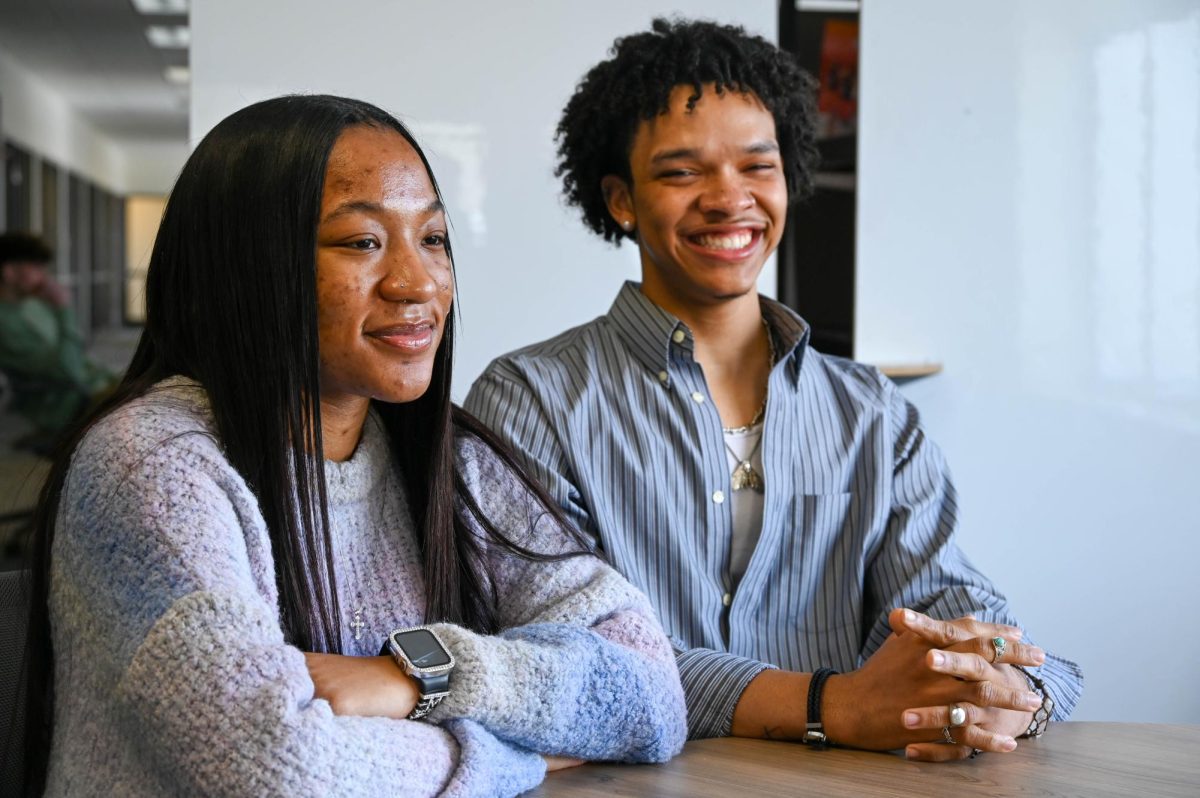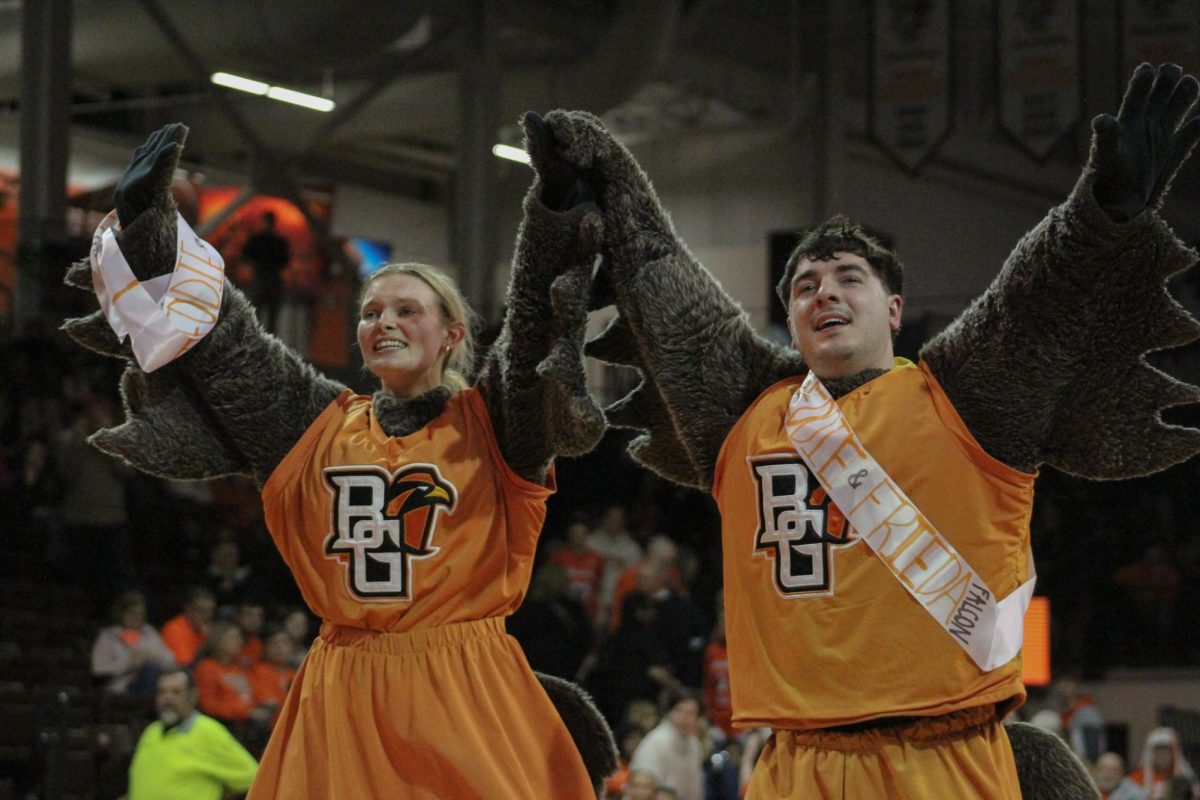The University’s graduate student population saw its largest decline in recent history this year.
The number of graduate students dropped 13.1 percent, or 380 students, between 2010 and 2011 – more than three times larger than any decrease in the past five years.
“It’s nothing unexpected, just a process that takes place when you make changes,” said Alberto Colom, vice president for enrollment management. “We’re working now to get us back to normal and stabilize enrollment again.”
This year’s graduate students total 2,519 students. Last year, 2,899 graduate students enrolled at the University.
The University’s 2011 enrollment figures were officially released at a media briefing earlier this month.
Officials reported a 1.1 percent decrease overall in students – but graduate students saw the largest drop of any category.
Michael Ogawa, interim dean of the graduate college, attributed the decline to the reduction in assistantships awarded this year, as well as the recommended elimination of several graduate programs at the University.
“We decentralized the admissions process, and there were some other significant changes last year and issues that we’re addressing,” Ogawa said. “We’re putting more decision-making at the college level, which is the appropriate place to be, but it’s a new responsibility that we need to get used to.”
David Sleasman, Graduate Student Senate president, said the enrollment drop was disappointing but not surprising.
Many changes have prevented the University from recruiting and retaining graduate students, Sleasman said – most significantly the recommendation to eliminate several of the University’s graduate programs, which has since been suspended for review.
“Many decisions have been made regarding graduate education, but I’ve yet to see much data that explains it,” Sleasman said. “It’s not incrimination on the current administration at all, but these are questions we should be asking and discussing.”
To help students, faculty and administrators adjust to the changes, a strategic planning group will begin meeting with Ogawa this week and throughout the semester to identify goals, Ogawa said.
The group includes faculty members, two Graduate Council members, two GSS members and the GSS vice president.
“We’re in the process of formalizing this communication to see what types of problems we’re having in the new system and offer support to the colleges,” Ogawa said. “This isn’t a crisis – it’s something we’re aware of – and we’re going to work toward fixing it.”
The strategic planning process should be completed by spring semester, Ogawa said.
Increased activity with graduate students is a step in the right direction to help define the graduate college’s role, Sleasman said.
“[Graduate students] felt pretty beat up last year, but now we’re cautiously optimistic, because we’re working with new administrators who have a much different approach,” he said. “We’re hopeful.”


